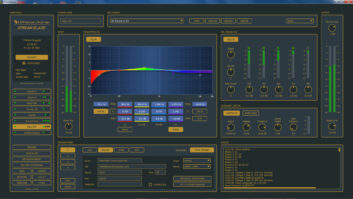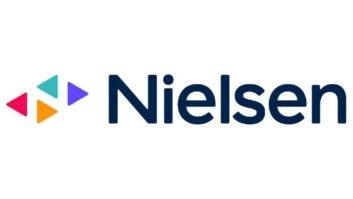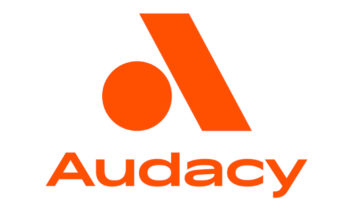Nielsen measurement as it is defined today is a level playing field, and “nobody should be interfering with that.”
So says Matt O’Grady, Nielsen Audio executive vice president of local media client solutions, in a conversation with Radio World. He also says planned enhancements to the company’s PPM-based system will soon “negate the need” for the Voltair processor.
On the heels of Nielsen’s national webinar with clients this week — in which it “reiterated its nonsupport” for the controversial product based on its own testing — we asked O’Grady to list the most important conclusions.
“The PPM works,” O’Grady said. “It works incredibly well. … Both buyers and sellers have been very successful selling on this.” He cited not only the system’s technical infrastructure but its crediting rules and statistical analysis tools.
“As the provider — the steward — of the ‘currency,’ we have enormous responsibility that the currency is protected” and as accurate and unbiased as possible, he continued. “And we have to continuously enhance the measurement” to take changes in devices, listener habits and listening environments into account.
Thus, as RW has reported, Nielsen plans to increase its “code density” via a software update to existing PPM field encoders to improve the watermark algorithm. It will do so for all 11,000 stations later this year; details of that rollout are expected in September. The company further promises a new encoding monitor in 2016; a prototype of that has been built.
Asked whether stations using Voltair processors should take them out of service, O’Grady did not answer yes or no; instead he used the phrasing he presented to clients in Tuesday’s webinar. “Some stations have installed this, and some haven’t. It’s one reason we��re not supporting it. We know it can impact the quality of listening … and that in some instances there’s credit being given for unintelligible listening,” he said. The result for radio, he said, is an unlevel playing field. “Nielsen’s measurement … is a level playing field, as it’s defined today. Nobody should be interfering with that.”
Has Nielsen explored any kind of legal approach to this situation? “The industry shouldn’t get to the point where we have to rely on [enforcing] noncompliant contracts,” he replied. But: “Our CBET enhancement will negate the need for that box.” CBET stands for Critical Band Encoding Technology, the encoding that embeds identifying information within the audio portion of a broadcast.
Radio World asked if Nielsen would share with our readers its test data slides documenting how well the PPM watermark worked in various lab test listening situations and in which conditions Voltair appeared to make a difference. O’Grady declined but said Nielsen is willing to present technical results to clients’ engineers privately, and to work with the NAB’s technical staff should it express a wish to do so.
During the webinar, according to attendee notes, Nielsen officials said their testing had found a benefit from Voltair only in extreme boundary conditions and only in average minutes, not the crucial average quarter hour measurements. And it described as “inconclusive” the question of whether what it found reflected “true listening.” Nielsen also said the processor can introduce artifacts audible to listeners.
In the call with RW, O’Grady declined to comment on any conversations Nielsen may or may not have had with Voltair’s manufacturer 25-Seven Systems. But he emphasized the company’s position that the success of PPM is based on “more than the capture of the raw code. There’s editing rules and processing rules that use statistical methods and decision making.” And he sought to assure the industry that the company understands what’s at stake. “We get how important this issue is. It’s also been a complex issue. We have enormous responsibility.”
Radio World has requested comment on this week’s events from 25-Seven Systems and will report them when available.












